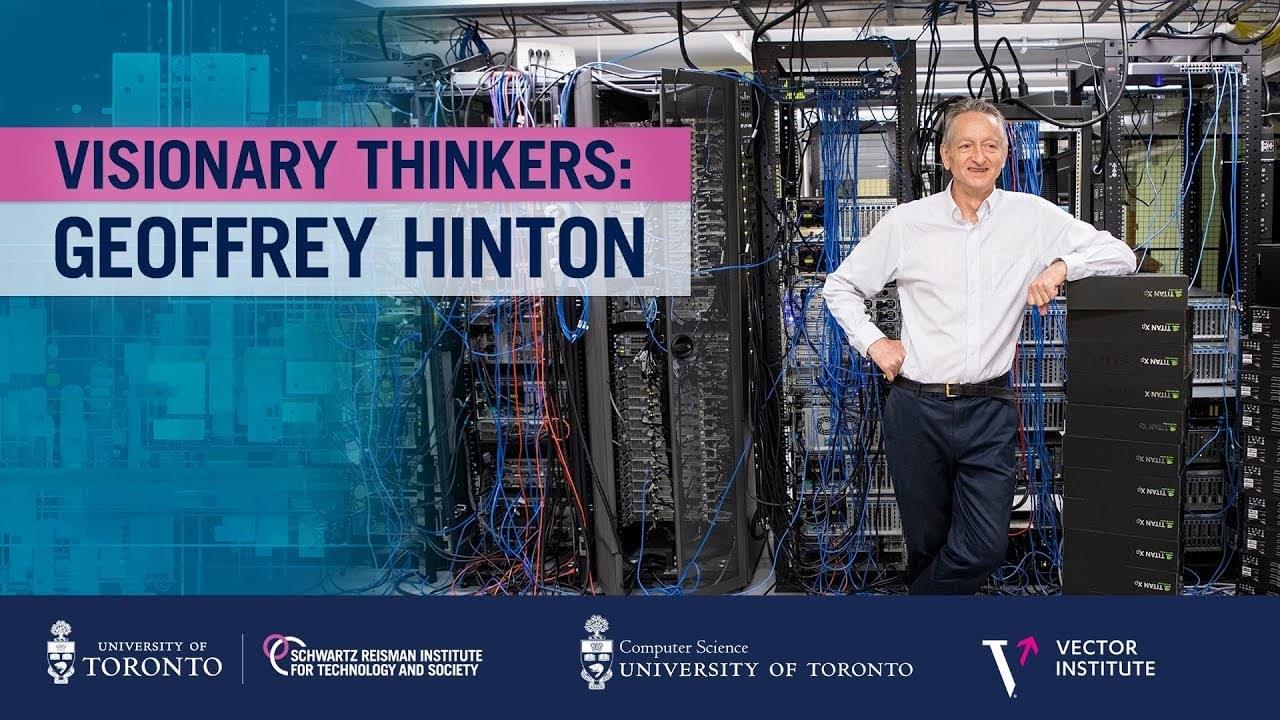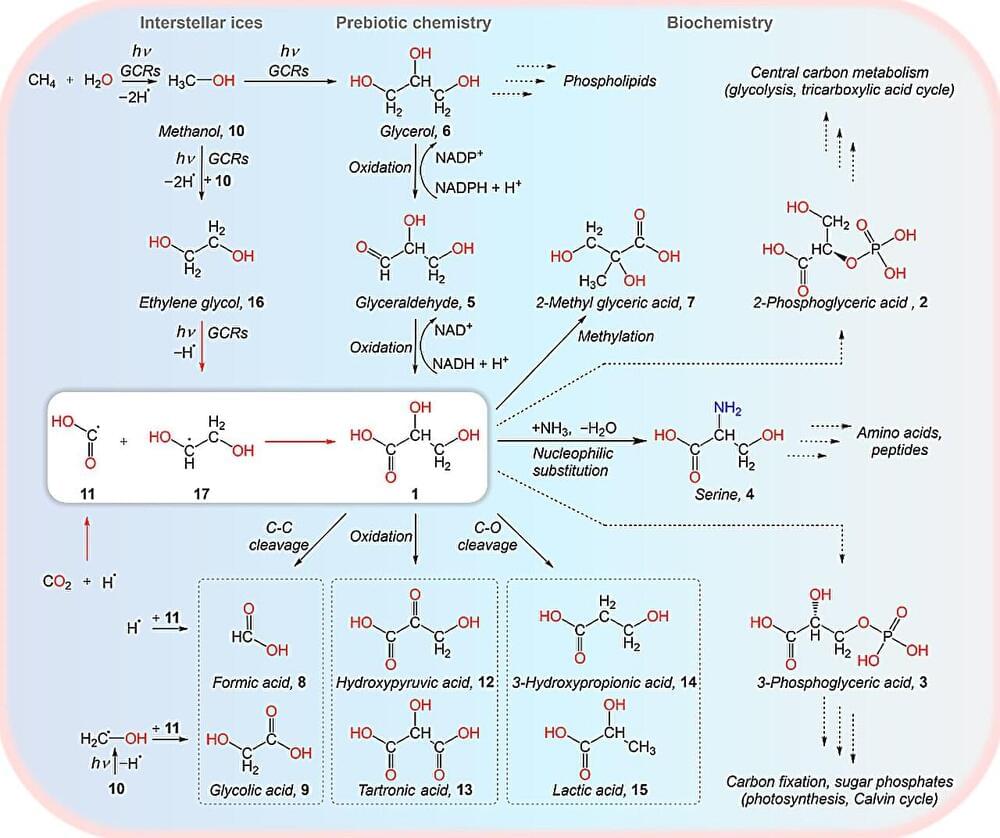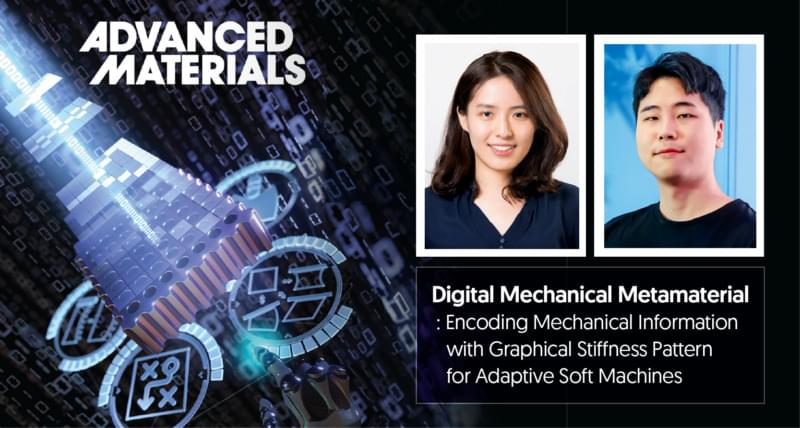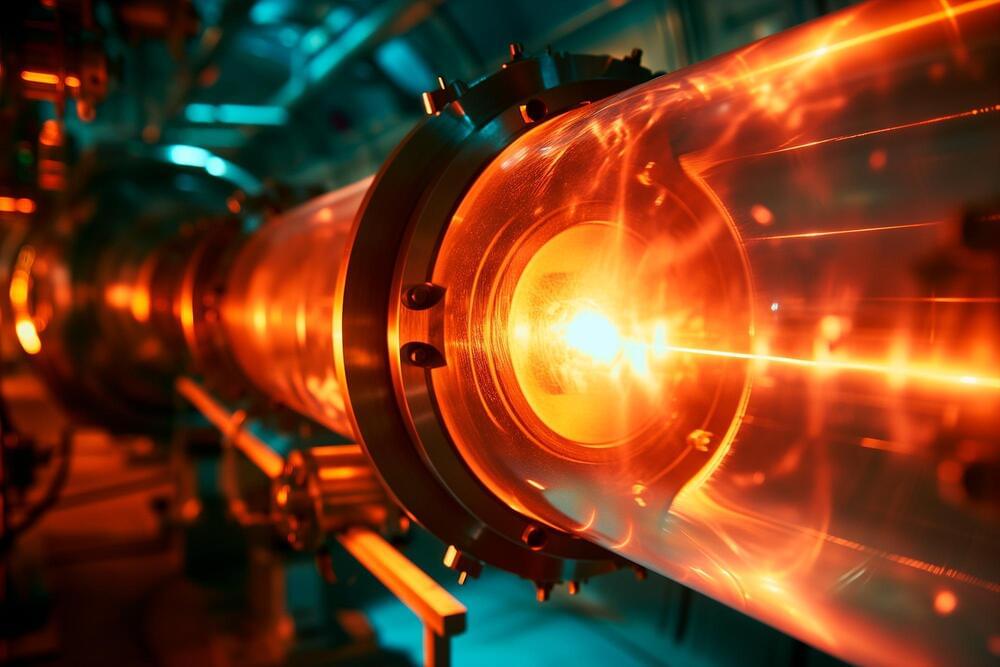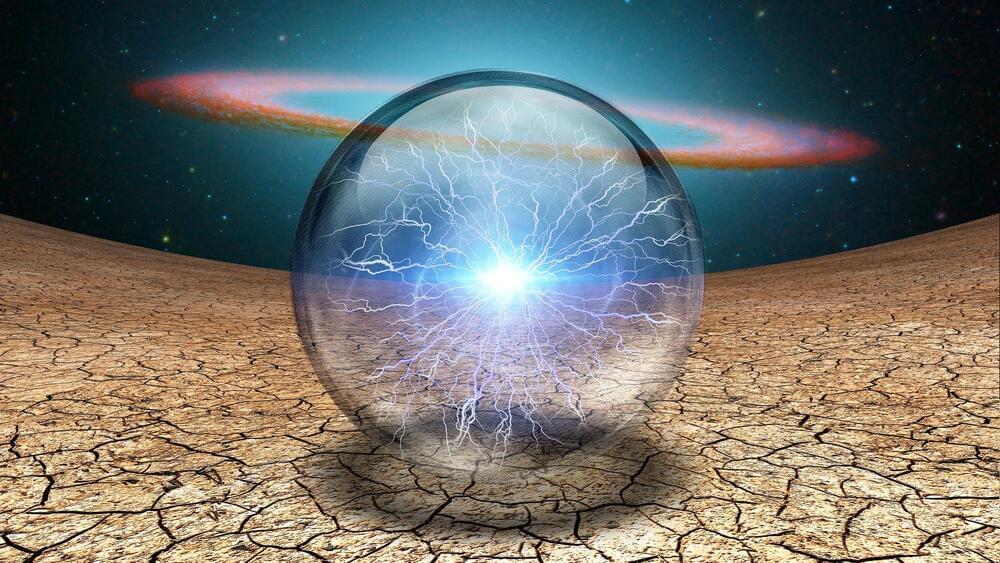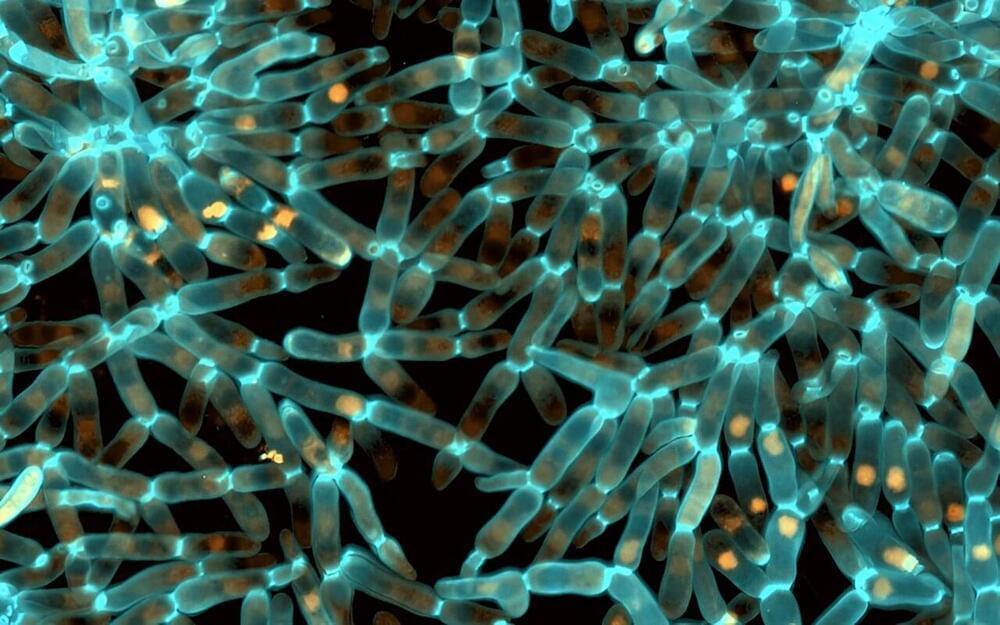Mar 15, 2024
Will digital intelligence replace biological intelligence?
Posted by Shubham Ghosh Roy in categories: biological, education, information science, life extension, robotics/AI
The Schwartz Reisman Institute for Technology and Society and the Department of Computer Science at the University of Toronto, in collaboration with the Vector Institute for Artificial Intelligence and the Cosmic Future Initiative at the Faculty of Arts \& Science, present Geoffrey Hinton on October 27, 2023, at the University of Toronto.
0:00:00 — 0:07:20 Opening remarks and introduction.
0:07:21 — 0:08:43 Overview.
0:08:44 — 0:20:08 Two different ways to do computation.
0:20:09 — 0:30:11 Do large language models really understand what they are saying?
0:30:12 — 0:49:50 The first neural net language model and how it works.
0:49:51 — 0:57:24 Will we be able to control super-intelligence once it surpasses our intelligence?
0:57:25 — 1:03:18 Does digital intelligence have subjective experience?
1:03:19 — 1:55:36 Q\&A
1:55:37 — 1:58:37 Closing remarks.
Continue reading “Will digital intelligence replace biological intelligence?” »
